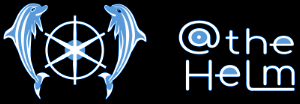The @ the helm method
The @tH At the Helm method is a unique system that provides you with a number of tools to help you develop personal leadership in your life and work.
The @tH (At the Helm) method has been developed for down-to-earth people who want to get more out of their lives and work with less stress.
Life as an adventurous journey
The @tH method invites you to see your life and work as an adventurous sailing trip. A voyage where you never know what will happen along the way. A journey with sometimes calm sailing weather and sometimes heavy storms. You get to know your adventurous travellers spirit. With this travellers mindset you train your brain to look differently at situations in your daily life and work. In science this is called the “approach mode” of the brain. The approach mode leads to more creativity, productivity and satisfaction.
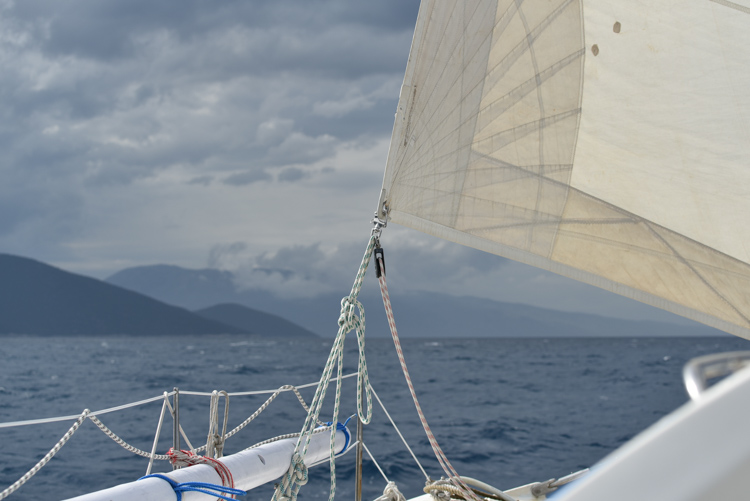
You can see life as an adventurous sailing trip, exploring new horizons.
Conscious response
With the @tH method you learn to be firmly anchored in the here & now. As a result, you are less (unconsciously) carried away by the issues of the day and the demands that you and your surroundings place on you. Instead of reacting automatically, you respond consciously . Because you know how to use your brain effectively and because you know where you want to go. The result is less stress, more effectiveness, more satisfaction.
A unique foundation
The @tH method is an unique combination of the principles of sea sailing, mindfulness, zen, modern psychology and neurology. The At the Rudder method has 6 stages. Each stage includes a piece of background information, scientific substantiation and above all many inspiring exercises that you can continue to do for the rest of your life.
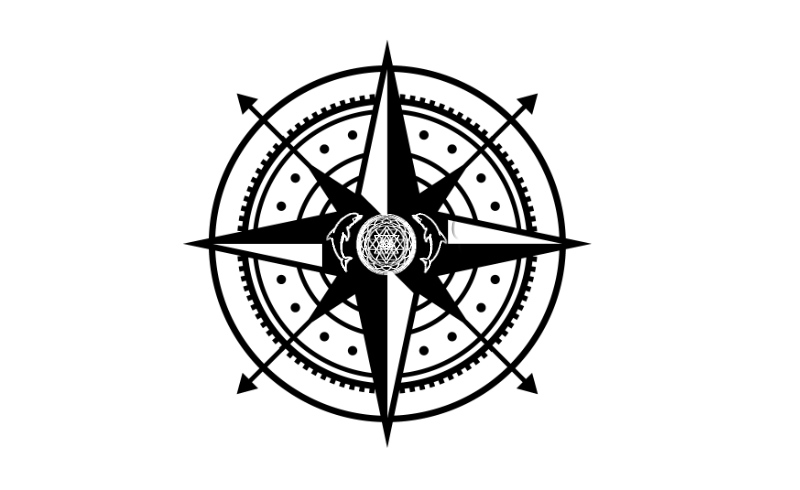
The @tH method has 6 stages
Stage 1: Cultivate your traveling spirit
You learn to look at the details of your daily life and work with an open, alert mind. You sharpen your perception and your senses. You develop an inquiring, curious mind. This mindset will make your left brain and right brain work together in better way. This allows you to tap more into your creativity and you will see other possibilities to deal with difficult situations.
Stage 2: Turn off the autopilot
Have you ever considered that you’ve probably never been in the shower your whole life? It’s normal to do most of our activities during the day on autopilot. We do things automatically, without consciously thinking about it. Your body is in the shower, but your head is somewhere else. In all the work you have to do that day. Worrying about the future and annoying things from the past.
This mind chatter limits your perception and your clarity. And with that also your effectiveness and your connection with yourself and the world around you. In stage 2 you learn to recognise your automatic pilot and to be more present in the here and now. You also discover the skipper in yourself. The person who perceives what you are doing with your attention and who knows whether or not you are on autopilot. That gives peace and clarity. Moreover, you will enjoy the details of your life much more. This reduces stress and leads to more satisfaction in life and work.
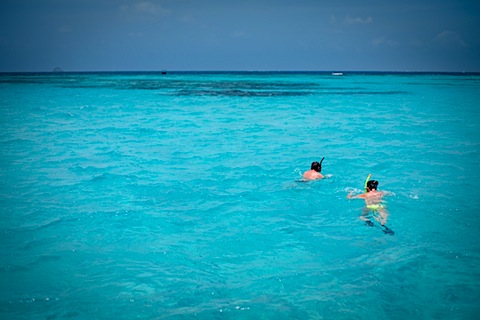
Stage 3: Anchoring
You can’t effectively sail the sea of work and life if you can’t anchor. Sailing without knowing how to anchor is dangerous and stressful. You will be the toy of the weather and the waves.
Anchoring has to do with the development of focus. Did you know that scientific research has shown that the ability to focus in the average human has fallen drastically below the level of a goldfish in recent decades? The lack of focus has a negative impact on your ability to live and work effectively. This leads to inefficient functioning and a lot of unnecessary stress.
Through practical and concrete exercises you will learn to use the anchors at your disposal effectively. This reduces stress and gives you a clear overview of what is important at this moment.
Stage 4: Using your barometer
In stage 4 you will learn to use your barometer. With your barometer you can read the weather in yourself and your surroundings. The weather stands for the emotions of you and the people you live or work with.
Instead of going haphazardly sailing you first observe the weather in yourself and in your surroundings before you start acting. This gives you the strength to respond adequately to situations instead of reacting automatically.
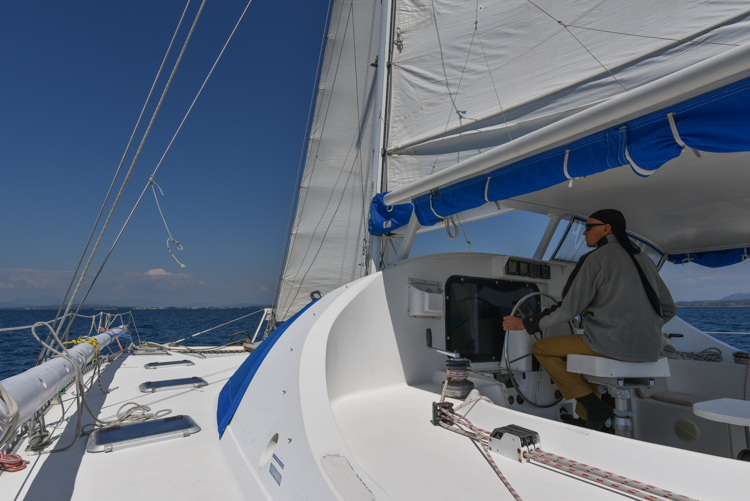
Use your compass and hoist your sails
Stage 5: Use your compass and hoist your sails.
When you arrive at stage 5 you have cultivated your traveling spirit and focus. You know how to anchor. You are also familiar with the use of your barometer. You are now more attuned to yourself and your surroundings. Because of this you experience more peace and clarity. You experience less stress, because you have developed tools to deal with stress better.
You now have all the tools at your disposal to go sailing on the sea of your daily life and work. You are now ready to take your place at the helm of your life and work. In this week you will hoist your sails and go sailing. You will work with concrete exercises in daily life with your ability to consciously respond to storms (difficult situations in your life or work). Storms and bad weather are part of life. You have all the instruments at your disposal that you need to effectively sail the waves of your life and work.
By doing the exercises you train your brain to respond in a conscious way. This gives your brain the chance to make new neurological connections for new behaviour.
Stage 6: Take good care of your ship (self-care)
For personal leadership, self-care is essential. You cannot effectively sail the sea of life and work with a neglected ship. It is dangerous to sail with a yacht that is leaking due to the wood rot and whose sails are torn due to excessive use.
In stage 6 you will discover how you can optimally take care of your ship (your body and mind). If your ship is in good condition, your ship can handle much more. A good self-care will automatically lead to effective care for your surroundings and your work.
